If the air in your home is a little stale, you have a few options. Turning on the air conditioner or opening the windows to let a breeze in are not options in the cold winters. Using air purifiers can be effective, but you have to constantly ensure that they are full. You can even get those scented oil sticks and put them around the place, but they are not all that effective in bigger rooms.
If only there was some sort of natural air purification system that requires very little maintenance, efficiently cleans up the air, and costs very little to have at home? Well, of course, there are plants. You may already grow some potted plants at home and have been into horticulture for quite some time. But did you know that some indoor plants can actually help to purify the air?
So, if you’re looking to freshen up your interior and introduce a natural and clean scent into your home, then consider any of these indoor plants.
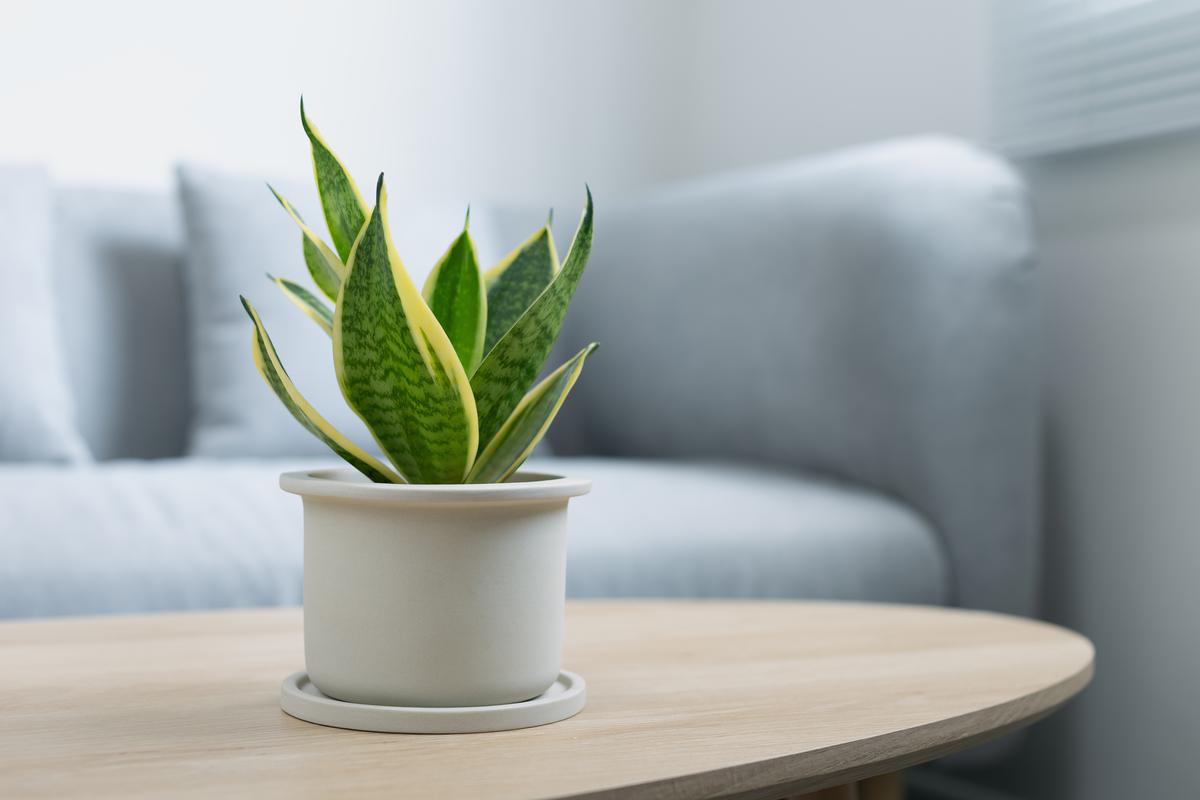
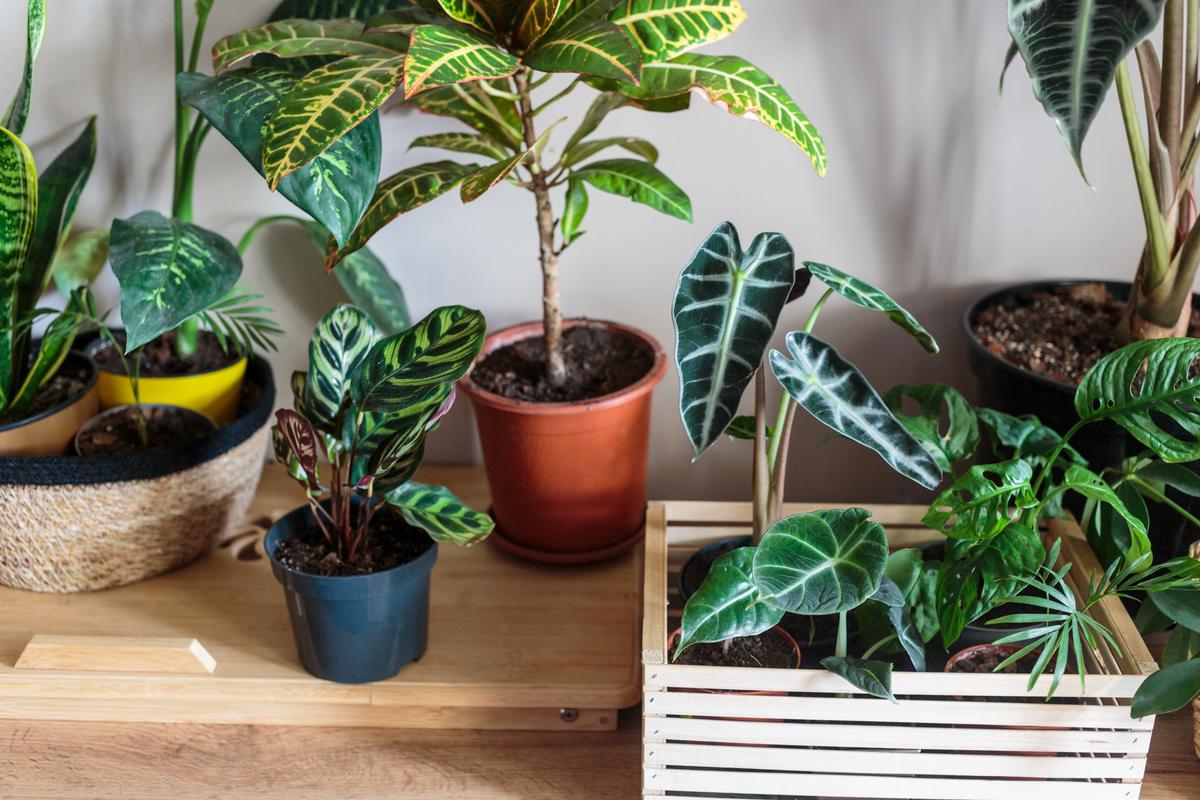
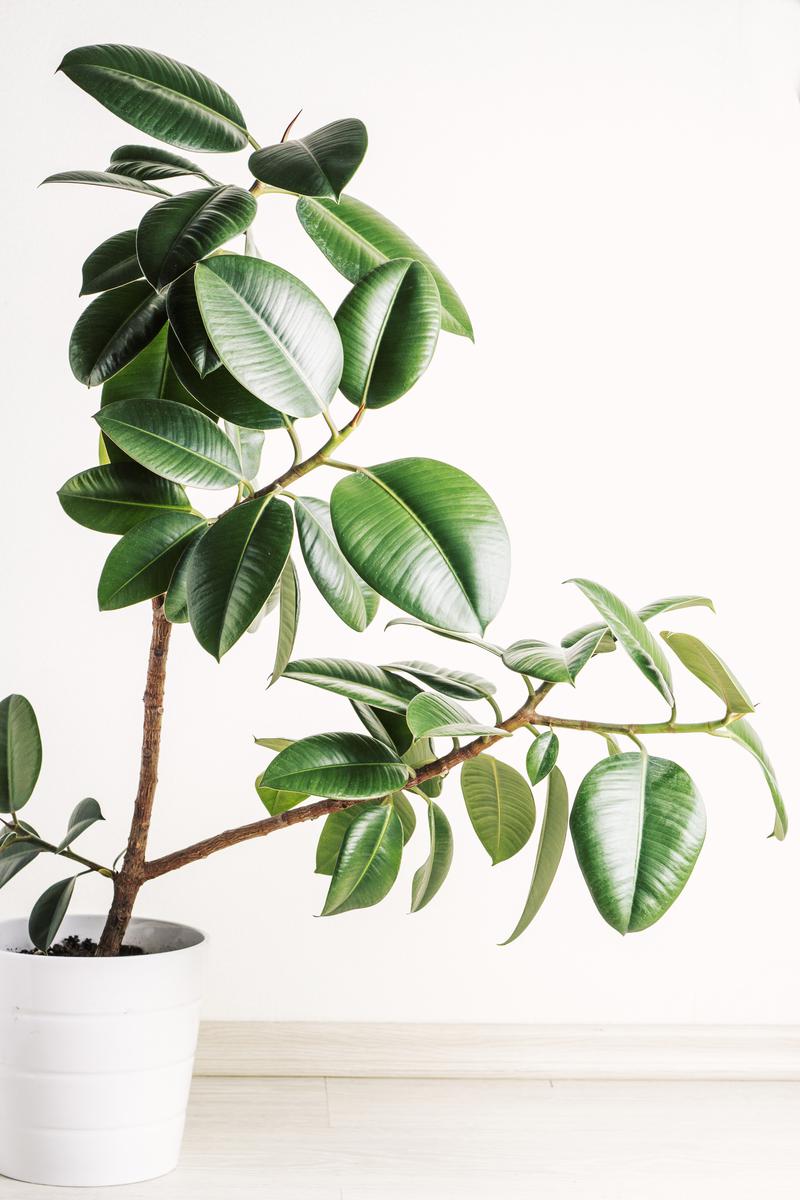
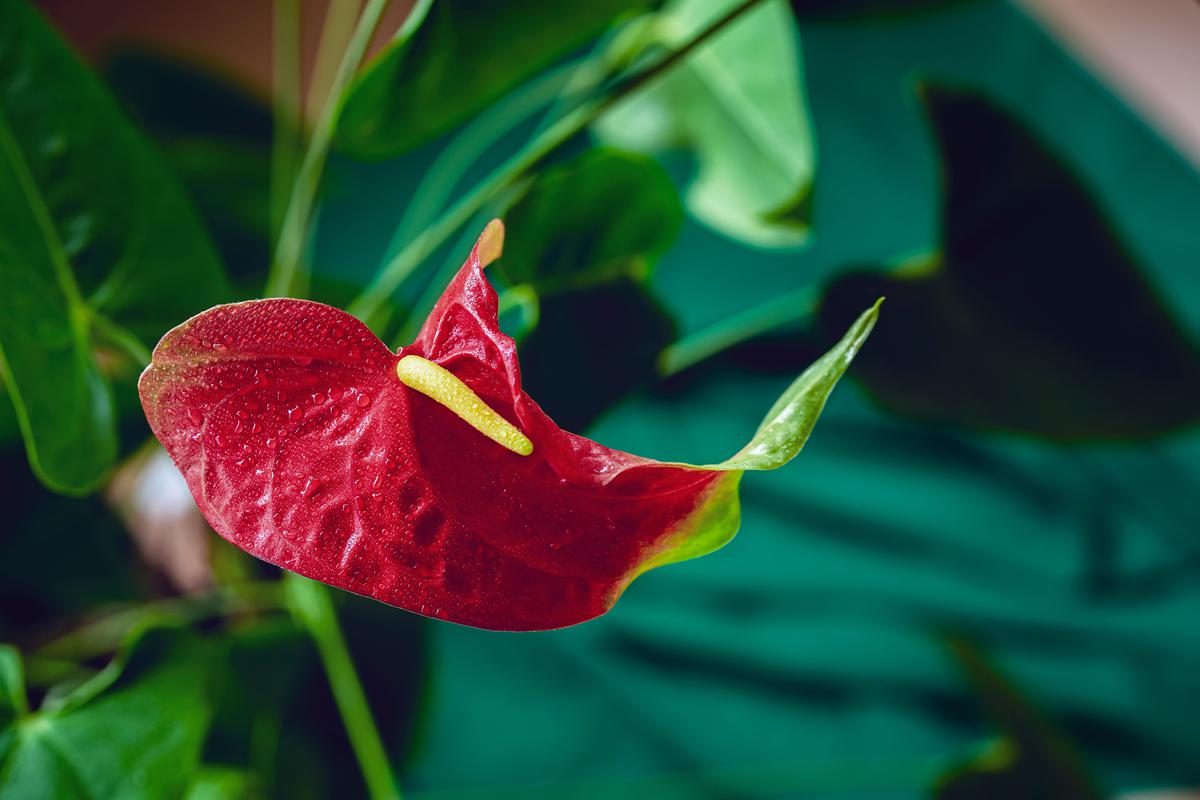
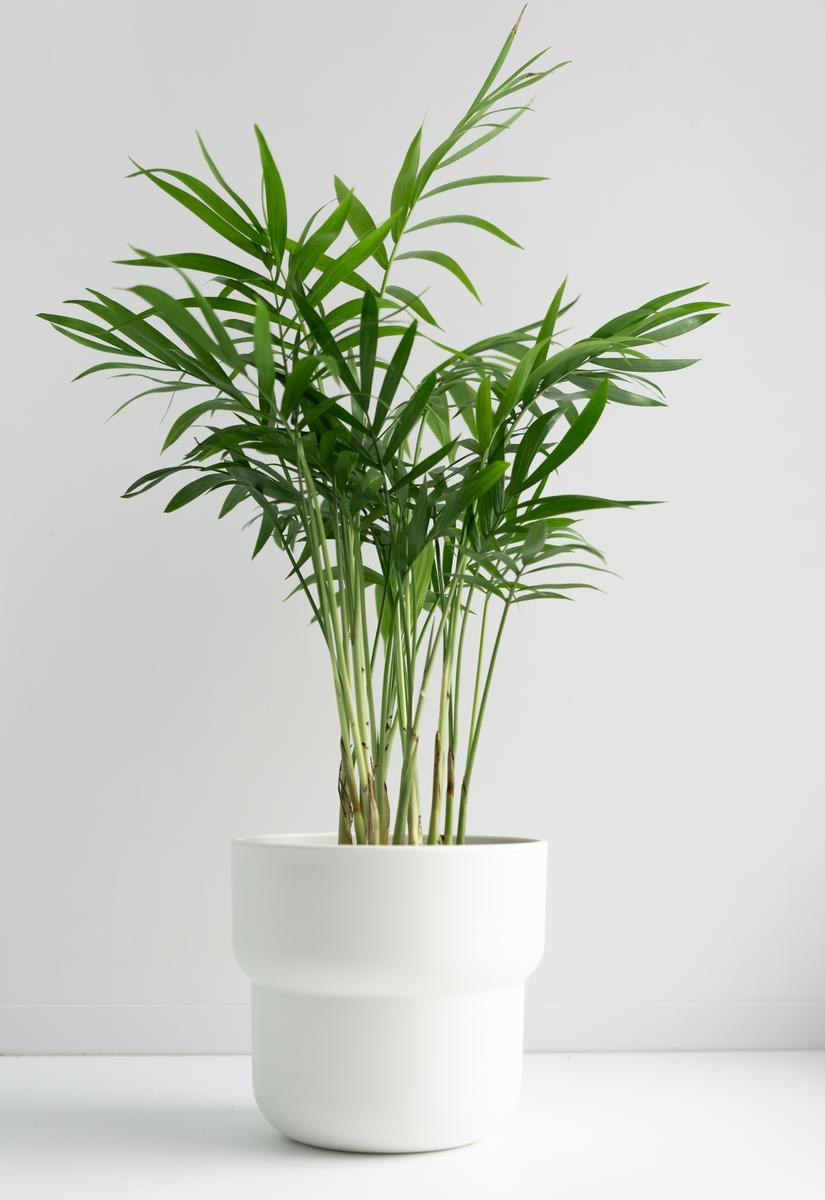
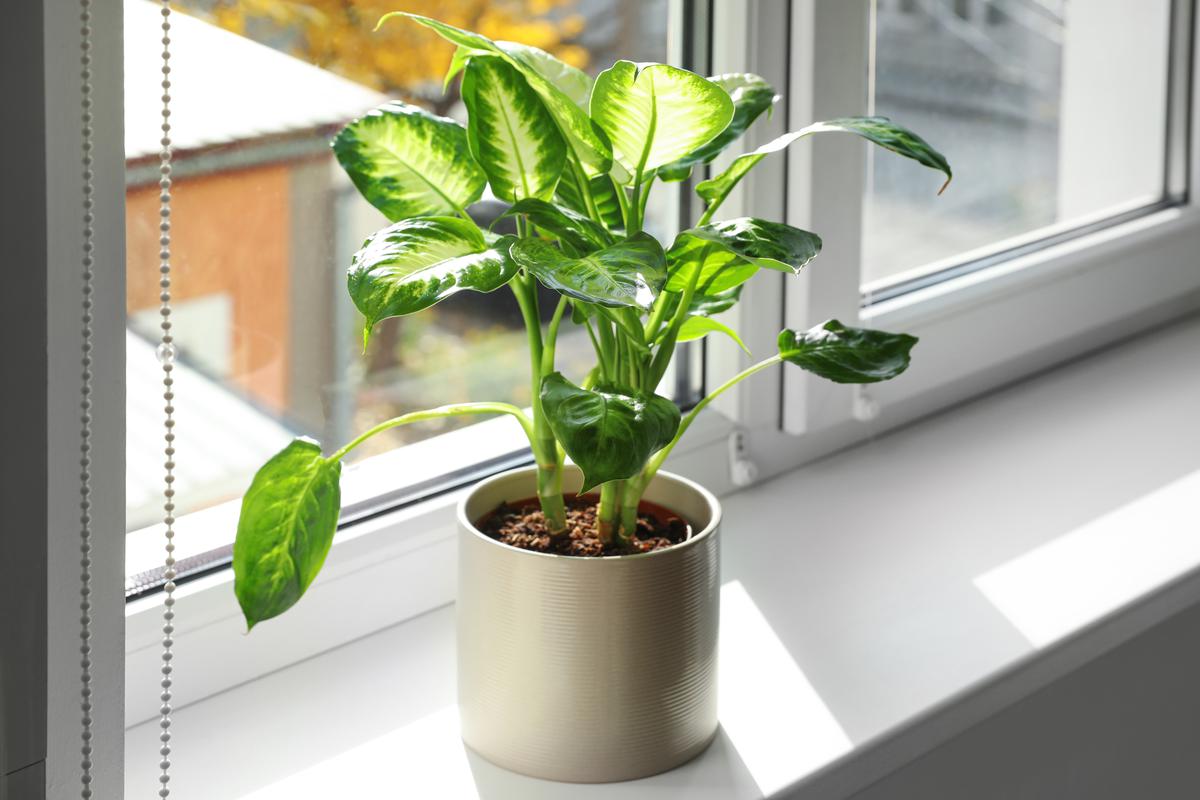
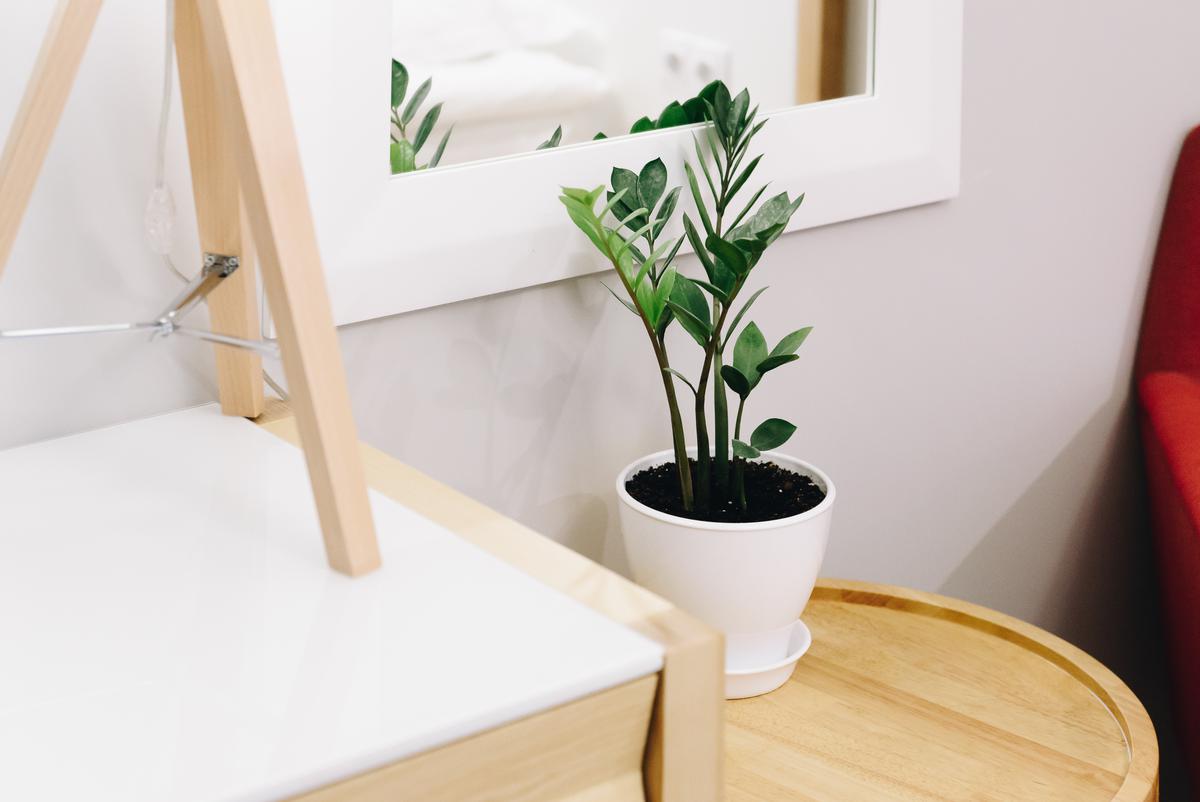
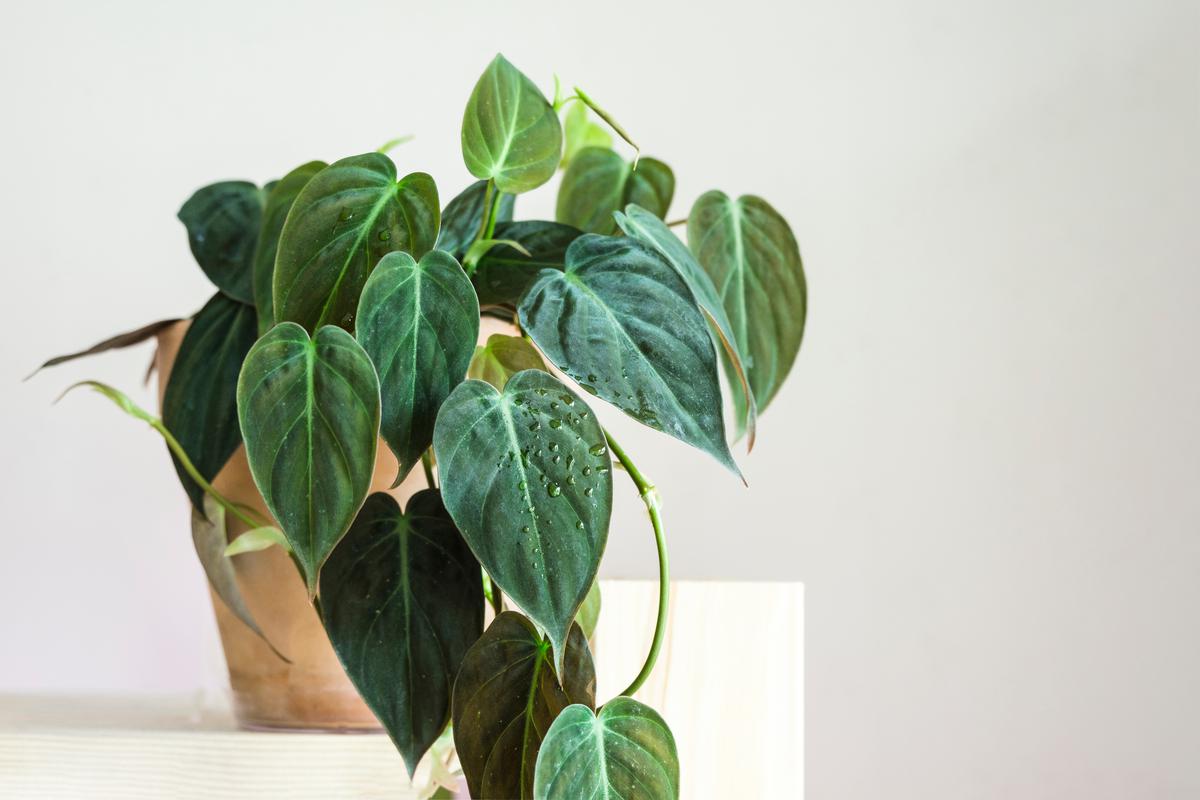
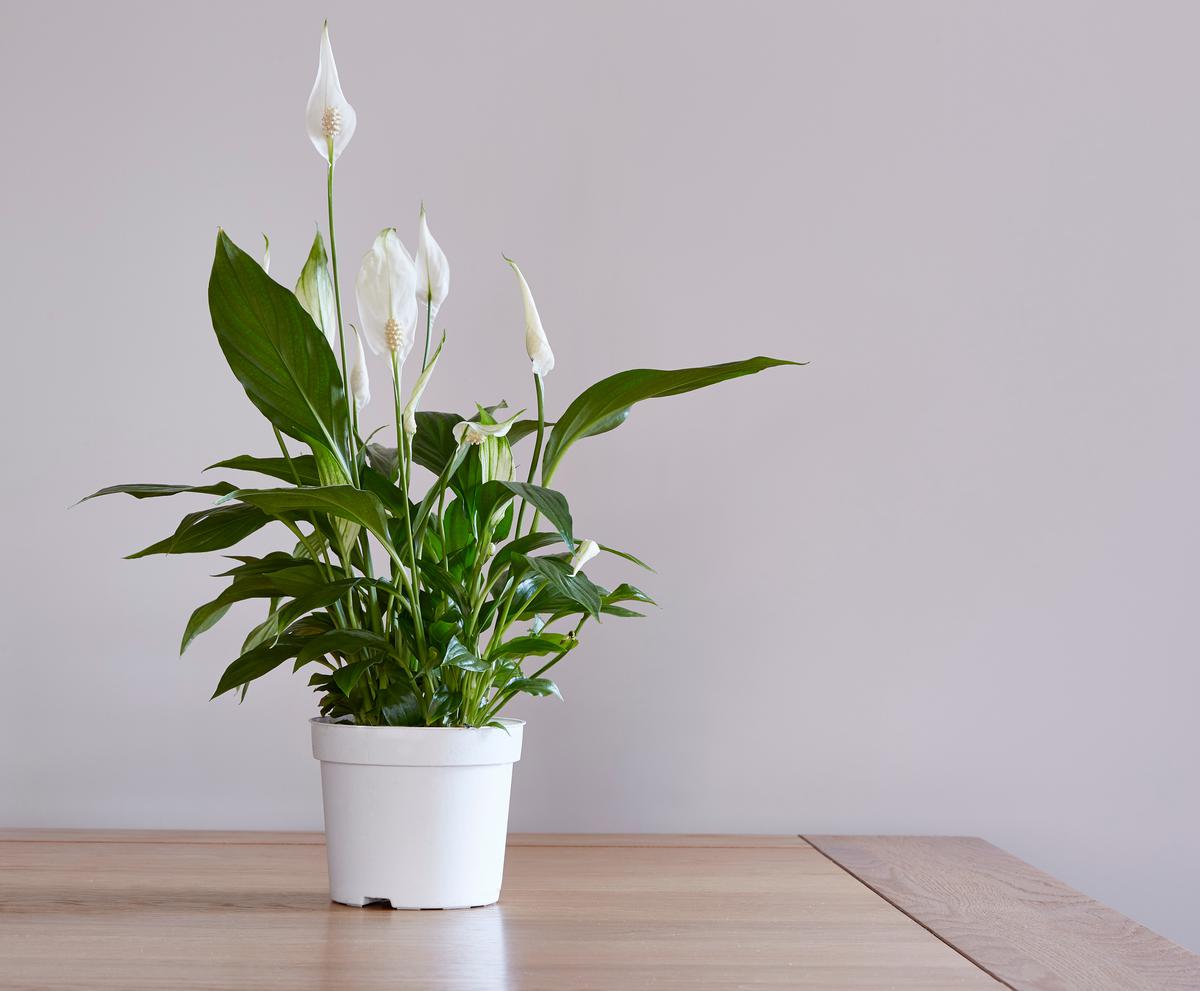


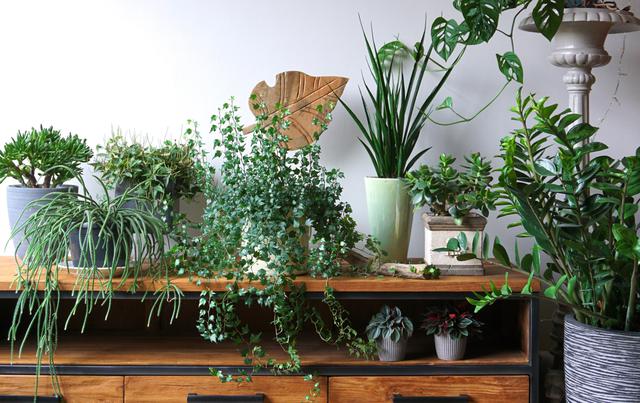

comments